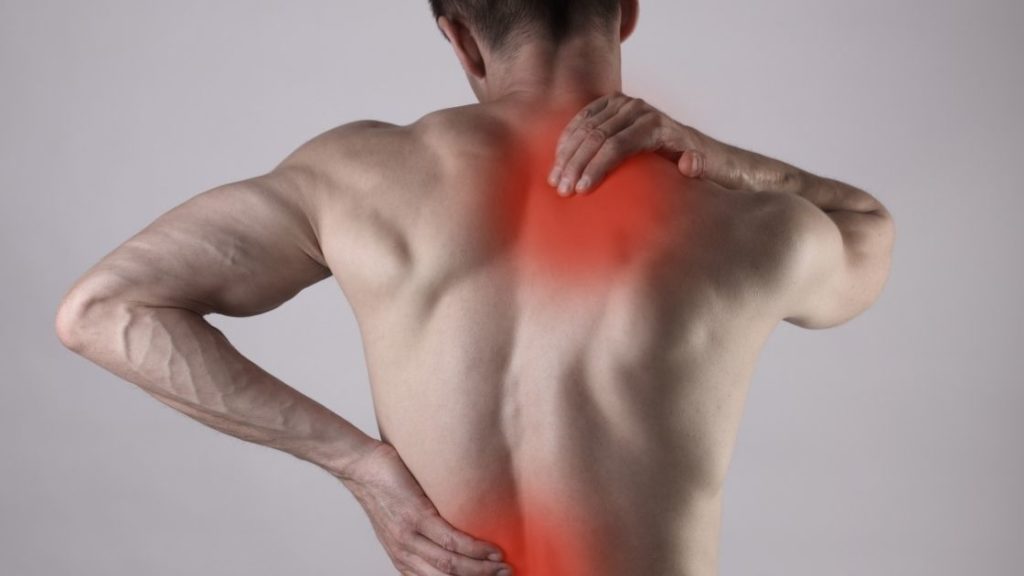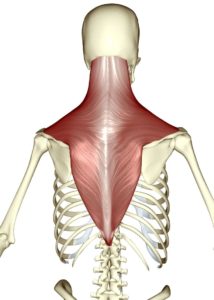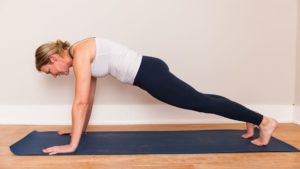Types of Pain Part 2: Muscular Pain

Myalgia, also known as muscular pain, is the medical term used to describe aches and tenderness found in the muscle bellies, tendons, and ligaments. In the previous blog Types of Pain Part 1: Bone Pain, it’s sometimes difficult to differentiate between muscle pain and bone pain when one experiences it. Of the two, muscular pain is far less concerning than bone pain. Tight muscular tissue is also more common than bone pain; just about all adults have some degree of muscle tension, especially in the shoulders and lower back. While it can range from mild and to severe, most cases of muscle pain aren’t caused by a serious condition or underlying disease.
How can you tell the difference between muscle pain and bone pain? Once you suspect the pain is muscular, what should be the next step? And what probably caused the muscular adhesion to start with?
Is it Muscular Pain or Bone Pain?
Bone pain, as was addressed in the last article, is markedly sharper, deeper, and more debilitating than muscle pain. Muscle pain tends to flare up or intensify with movement of the affected areas, whereas bone pain is constantly present with or without bodily movement.
Another key sign of muscle pain is a generalized body ache. It’s unusual that only one muscle group will experience pain at a time. Each area of your body is composed of multiple muscle groups, and most of those muscle groups attach to more than one part of the body. For example, your trapezius is a large muscle with attachment sites in your neck, shoulders, upper and mid-back. If your trapezius is giving you a hard time, you’re likely to feel pain in more than one of those spots. Bone pain, by contrast, will be more localized.
Note everything the trapezius covers!
What Should You Do for Muscular Pain?
With prompt treatment, muscular pain should lessen within two days. It’s unlikely to dissipate completely, but it should ease. Always remember RICE (Rest, Ice, Compression, Elevation) when you experience tight muscles. Get a massage, or look around the house for some self-massagers! Really, did you know you can use tennis balls, car buffers, water bottles, and rolling pins for at-home relief? Oh, and try an epsom salt soak too!
Those are some of the more well-known go-tos of muscle pain. But I also suggest trying out ultrasound therapy, kinesio taping, and acupuncture if you’ve never tried any of them out!
What Caused the Muscle Pain?
Ok, so you’ve gathered that the generalized not-so-sharp pain is probably muscular in nature. Now take a look at the bullet points below. Have you recently done, or chronically experienced, any of the muscle pulling actions below?
- Slouching – Whether it’s sitting for prolonged periods of time or walking with poor posture, a constantly slouched position will overstretch your muscles. Instead, consider making small adjustments to your posture to help improve it over time.
- Over Exercising – A little bit of muscle soreness is normal after a workout, yes. But be careful not to over exercise. In the best-case scenario, the muscles will be sore to the touch and less mobile. In a severe case, a muscle can be permanently damaged.
- Not Drinking Enough Water – Dehydration leads to mineral depletion, or electrolyte imbalance, which is a common cause of muscle cramps. Don’t let your levels of potassium, calcium, magnesium, and sodium fall off balance. Drink!
- Sleeping Poorly – It could be that you’re not getting enough sleep, or maybe you sleep on an uncomfortable surface. Take some interventions to master the art of rest.
- Stressing Out – The exhaustion from emotional pain eventually leads to physical pain. It starts in the head, and then tends to manifest itself in the jaw, neck, and shoulder muscles.
- Using Poor Body Mechanics – It doesn’t matter if you’re working out at the gym or just doing mundane activities around the house, always use proper form. Don’t sprain or strain your back muscles trying to lift something that just can’t be lifted. And don’t do a plank with an arched back.
Not like this!
If you’re like the average person, you likely experience at least half of the causes of muscular pain listed above. Consider clicking on the links provided with each bullet! You’ll gain some useful information and learn how to prevent tight muscles!
Now You Know!
In the next article Types of Pain Part 3: Nerve Pain, we’ll learn all about the signs and causes of nerve pain. As always, stay happy and healthy!

Katrina Jenkins
Author, Licensed Massage Therapist
Katrina Jenkins graduated from Towson University in 2013 with a Bachelor’s Degree in Health Science and worked as a nurse’s aide briefly before pursuing her true passion. She graduated from the Massage Therapy Institute of Colorado in April 2016 with honors and completed the Touch of Healers Scholarship Program the following summer. She has been a part of the Moyer Total Wellness Team since the summer of 2017.
Resources
Berry, J. (2020). Electrolyte imbalance: Symptoms and treatment. [online] www.medicalnewstoday.com. Available at: https://www.medicalnewstoday.com/articles/electrolyte-imbalance.
Liu, F., Fang, T., Zhou, F., Zhao, M., Chen, M., You, J., Jin, Y., Xie, J. and Liu, Z. (2018). Association of Depression/Anxiety Symptoms with Neck Pain: A Systematic Review and Meta-Analysis of Literature in China. Pain Research and Management, 2018, pp.1–9.
McFarland, M.D., E.G. and Cosgarea, M.D., A. (n.d.). Good and Bad Pain for Athletes | Johns Hopkins Medicine Department of Orthopaedic Surgery. [online] www.hopkinsmedicine.org. Available at: https://www.hopkinsmedicine.org/orthopaedic-surgery/about-us/ask-the-experts/pain.html#:~:text=A%20little%20soreness%20or%20discomfort.
Mozes, A. (2019). Why Sleepless Nights Can Mean More Painful Days. [online] WebMD. Available at: https://www.webmd.com/pain-management/news/20190129/why-sleepless-nights-can-mean-more-painful-days.
Photo Credit
Canva by ChesiireCat
Canva by Science Photo Library
Canva by vitapix


